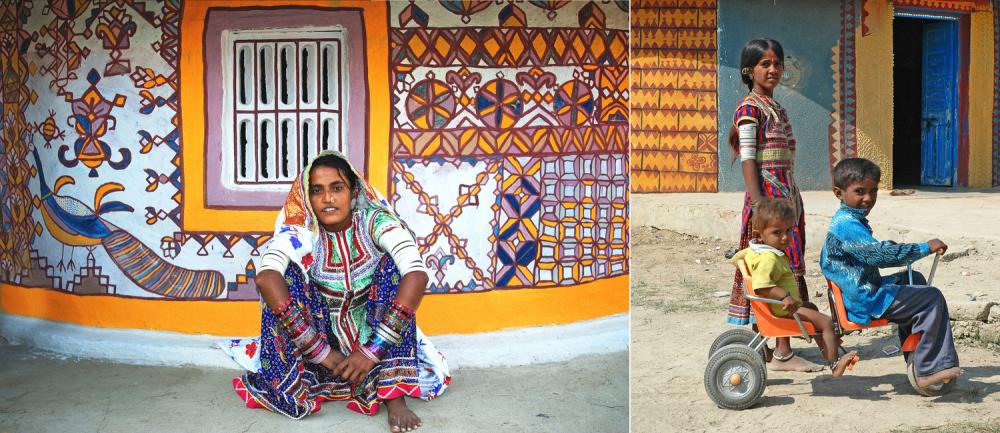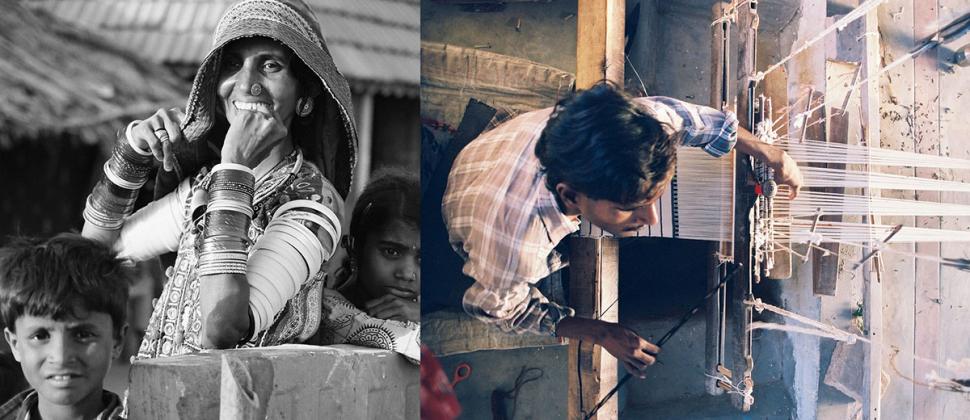
Kachchh
Kachchh, commonly written as "Kutch," is the largest district in India and is located in Gujarat state. It is a mosaic of diverse landscapes, people, and cultures that together create a distinct identity that is unmistakable to those who come here. The district is surrounded by ocean on one side, and the Rann of Kachchh, a vast salt desert, on the other. Once a major trade hub of the Indus Valley delta, Kachchh has long been a melting pot defined by fluid boundaries. It is a meeting point of people, cultures, faiths, languages, and traditions across a diversity of ecosystems and terrains. A place that is constantly changing, yet feels curiously unchanged.
Kachchh is inhabited by a wide range of communities and cultures, many of whom settled here centuries ago following migrations out of Rajasthan, Sindh, Afghanistan and present day Iran. Many of these communities were nomadic pastoralists, and some remain so though the population has largely settled within the last century. The people of Kachchh belong to a range of different faiths and traditions – most visibly Hinduism, Islam, and Jainism. They speak Kachchhi (a Sindhi dialect that harkens back to the Kachchhi roots of that region), Gujarati, and Hindi. However, these by no means capture the ethnic and tribal sub identities that reflect India's complex social structures. The movement of people across this land has given it a long history of sectarian diversity and peaceful coexistence.

Resting on a region of seismic activity, Kachchh experiences powerful earthquakes that have changed the local ecology in devastating ways, turning the river-fed land into an arid, dry environment. The most recent and deadliest earthquake in living memory shook Kachchh in January 2001, destroying much of Bhuj and many villages. The earthquake was responsible for the destruction of many artisans’ workshops and raw materials. The initial rehabilitation led to the realization that an institutional response to the special concerns of the rich cultural livelihoods in the district was needed given the rapid changes post the earthquake of 2001. This idea was incubated and eventually grew into Khamir as it is today.




